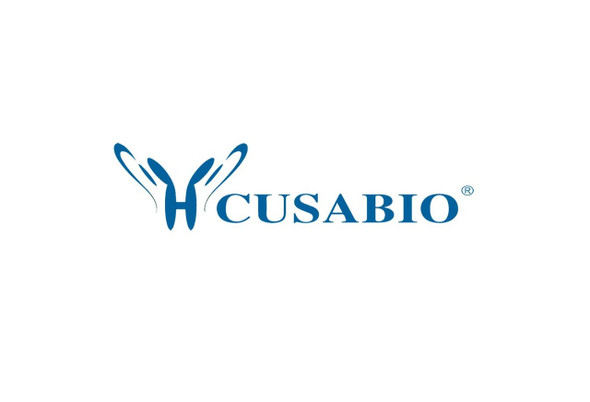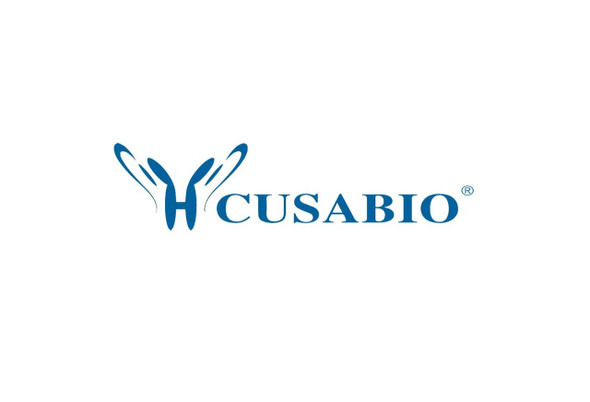Cusabio Rotavirus A Recombinants
Recombinant Rotavirus A Intermediate capsid protein VP6 | CSB-BP365972RIX
- SKU:
- CSB-BP365972RIX
- Availability:
- 3 - 7 Working Days
Description
Recombinant Rotavirus A Intermediate capsid protein VP6 | CSB-BP365972RIX | Cusabio
Alternative Name(s): ; Intermediate capsid protein VP6
Gene Names: N/A
Research Areas: Others
Organism: Rotavirus A (strain RVA/Human/United States/Wa/1974/G1P1A[8]) (RV-A)
AA Sequence: MEVLYSLSKTLKDARDKIVEGTLYSNVSDLIQQFNQMIVTMNGNDFQTGGIGNLPVRNWTFDFGLLGTTLLNLDANYVENARTIIEYFIDFIDNVCMDEMARESQRNGVAPQSEALRKLAGIKFKRINFDNSSEYIENWNLQNRRQRTGFVFHKPNIFPYSASFTLNRSQPMHDNLMGTMWLNAGSEIQVAGFDYSCAINAPANIQQFEHIVQLRRALTTATITLLPDAERFSFPRVINSADGATTWFFNPVILRPNNVEVEFLLNGQIINTYQARFGTIIARNFDAIRLLFQLMRPPNMTPAVNALFPQAQPFQHHATVGLTLRIESAVCESVLADANETLLANVTAVRQEYAIPVGPVFPPGMNWTELITNYSPSREDNLQRVFTVASIRSMLIK
Source: Baculovirus
Tag Info: N-terminal 10xHis-tagged and C-terminal Myc-tagged
Expression Region: 1-397aa
Sequence Info: Full Length
MW: 48.8
Purity: Greater than 85% as determined by SDS-PAGE.
Relevance: Intermediate capsid protein that self assembles to form an icosahedral capsid with a T=13 symmetry, which consists of 230 trimers of VP6, with channels at each of its five-fold vertices. This capsid constitutes the middle concentric layer of the viral mature particle. The innermost VP2 capsid and the intermediate VP6 capsid remain intact following cell entry to protect the dsRNA from degradation and to prevent unfavorable antiviral responses in the host cell during all the replication cycle of the virus. Nascent transcripts are transcribed within the structural confines of this double-layered particle and are extruded through the channels at the five-fold axes. VP6 is required for the transcription activity of the DLP.
Reference: "Comparative sequence analysis of rotavirus genomic segment 6 -- the gene specifying viral subgroups 1 and 2." Both G.W., Siegman L.J., Bellamy A.R., Ikegami N., Shatkin A.J., Furuichi Y. J. Virol. 51:97-101(1984)
Storage: The shelf life is related to many factors, storage state, buffer ingredients, storage temperature and the stability of the protein itself. Generally, the shelf life of liquid form is 6 months at -20?/-80?. The shelf life of lyophilized form is 12 months at -20?/-80?.
Notes: Repeated freezing and thawing is not recommended. Store working aliquots at 4? for up to one week.
Function:
Involvement in disease:
Subcellular Location:
Protein Families:
Tissue Specificity:
Paythway:
Form: Liquid or Lyophilized powder
Buffer: If the delivery form is liquid, the default storage buffer is Tris/PBS-based buffer, 5%-50% glycerol. If the delivery form is lyophilized powder, the buffer before lyophilization is Tris/PBS-based buffer, 6% Trehalose, pH 8.0.
Reconstitution: We recommend that this vial be briefly centrifuged prior to opening to bring the contents to the bottom. Please reconstitute protein in deionized sterile water to a concentration of 0.1-1.0 mg/mL.We recommend to add 5-50% of glycerol (final concentration) and aliquot for long-term storage at -20?/-80?. Our default final concentration of glycerol is 50%. Customers could use it as reference.
Uniprot ID: P03530
HGNC Database Link: N/A
UniGene Database Link: N/A
KEGG Database Link: N/A
STRING Database Link: N/A
OMIM Database Link: N/A






